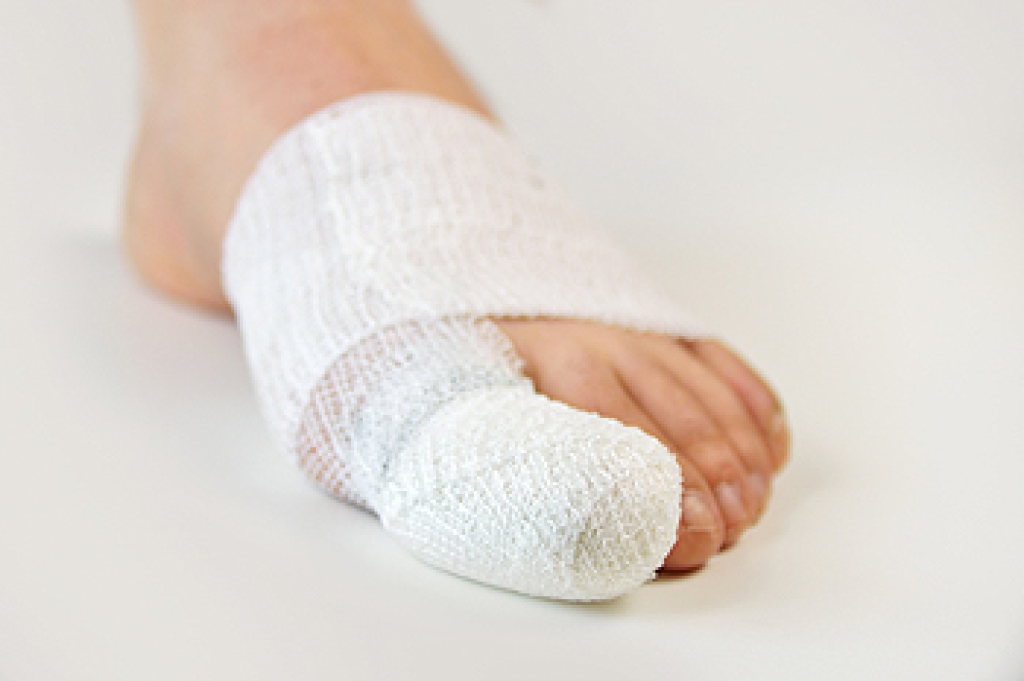
If the first joint of your toe bends up instead of lying flat, you probably have developed a hammertoe. The main cause of this deformity is believed to be wearing shoes that do not fit properly. If they are too small in either length or width, the toe is forced into a shortened position for too long a period. The muscles then tighten, and the toe joint can become frozen in a bent position. Another likely cause of hammertoe is when one of the two long muscles in the leg (the extensor and flexor digitorum longus) become compromised. They work in tandem to help raise and lower the toes. A hammertoe can also be congenital, or caused by arthritis in the foot or diabetes. If the hammertoe is caught early enough, it may be possible to straighten it. This process includes wearing shoes that are larger and have a wider toe box. Certain stretching exercises can help to stretch out the toes. If these measures are not successful, surgery may be necessary. For congenital hammertoes, a splinting and manipulation technique can be used. Besides looking unsightly, hammertoes can become painful, because the raised joint rubs against the inside of the toe box and corns or calluses may result. For more information on how to deal with hammertoes, please consult a chiropodist.
Hammertoe is a common foot deformity in which one or more of the small toes bends downwards at the middle joint. Though it may seem like a purely cosmetic issue, this is not the case. Hammertoes can be uncomfortable, painful, and even debilitating in severe cases. If you suffer from hammertoe, please consult with one of the specialists from Thornhill Foot Clinic. Our chiropodists can help you maintain the health of your lower limbs and your mobility.
Symptoms
- One or more small toes bending downward at the middle joint
- Pain or irritation on the affected toes
- Corns and calluses
- Inflammation
- Redness
- Stiff toe joints
- Sores on the tops of the toes
Diagnosis
A chiropodist can typically diagnose hammertoes through physical examination. X-rays may need to be taken to see the extent of the damage.
Treatment
Hammertoes tend to progressively worsen with time, so getting prompt treatment is very important. In its early stages, the progression of hammertoe can be slowed down or stopped. Your chiropodist may suggest changes in your footwear. Wearing wide, comfortable shoes with a larger toe area and a low heel can help you avoid putting pressure on your toes. You may also be prescribed orthotics. Over-the-counter medications or corticosteroid injections may be used to relieve pain. If you have any corns or calluses, your chiropodist may suggest padding them to avoid further irritation. In advanced cases, surgery may be suggested.
If you have any questions, please feel free to contact our office located in . We offer the newest diagnostic and treatment technologies for all your foot care needs.




